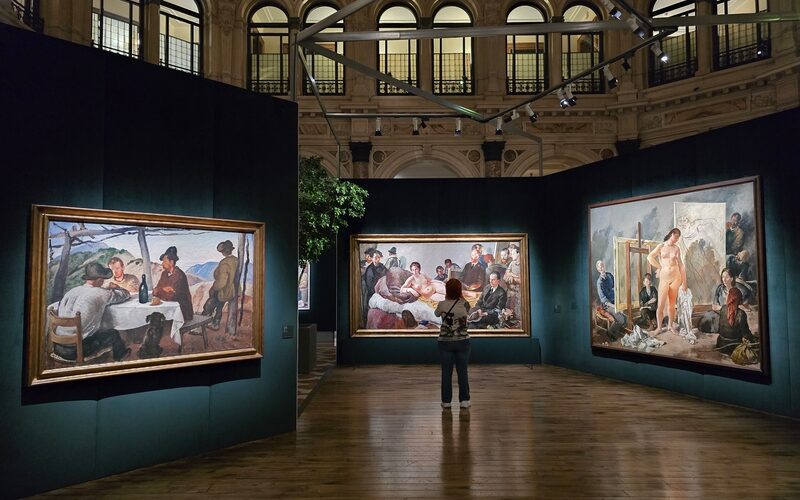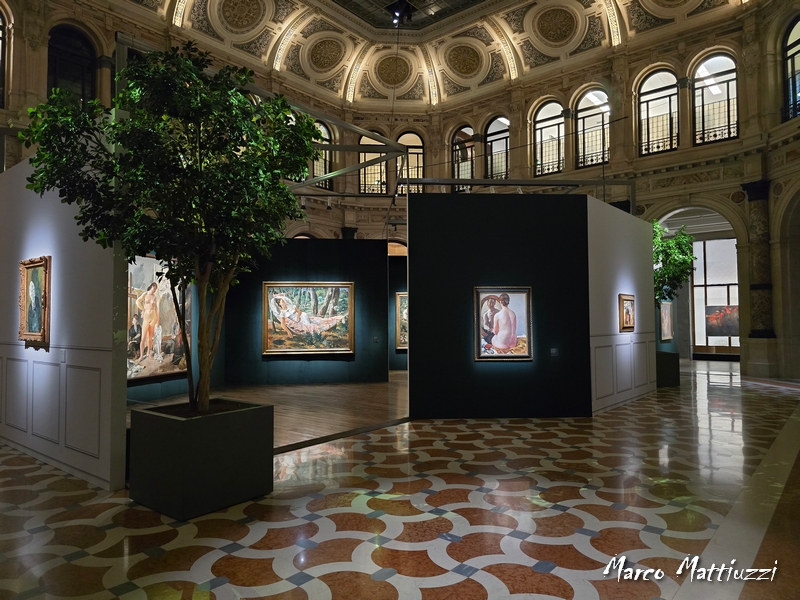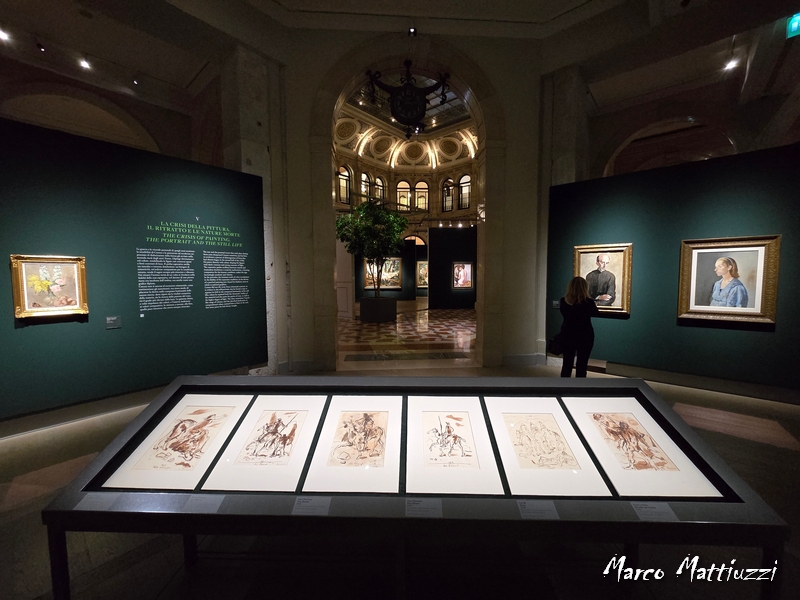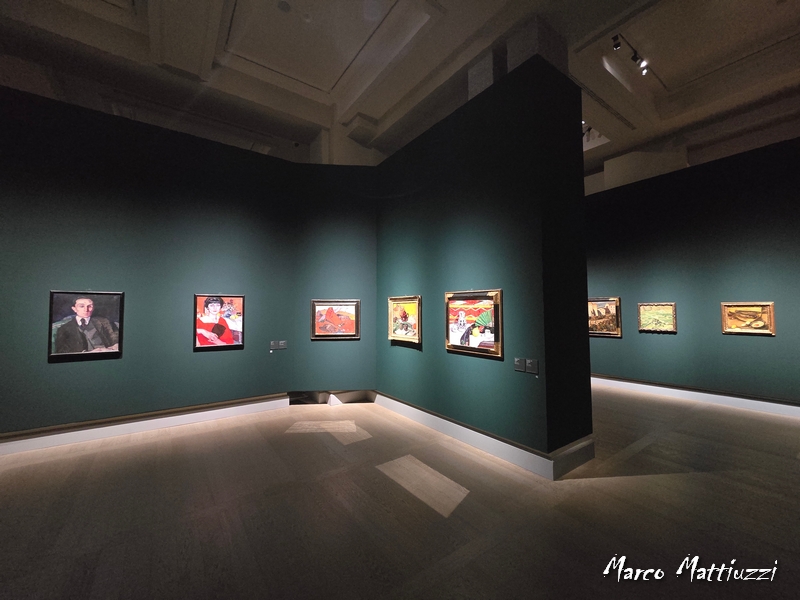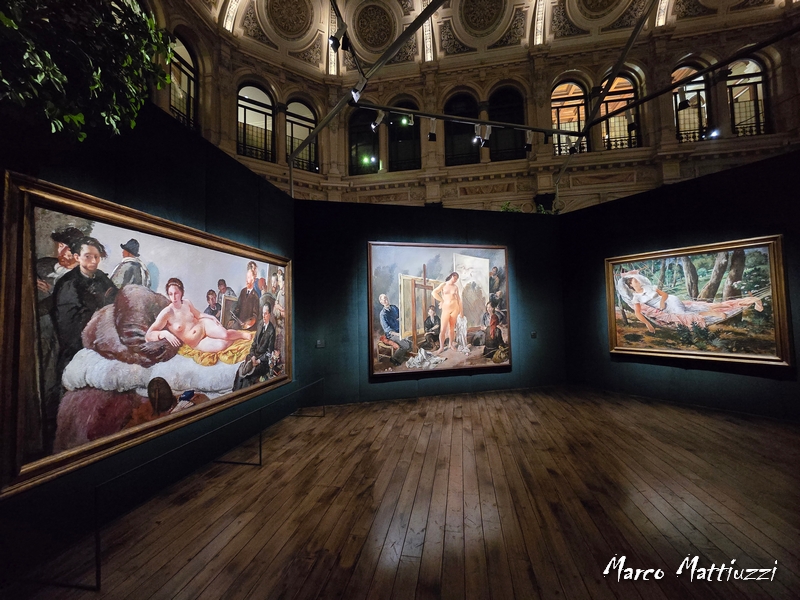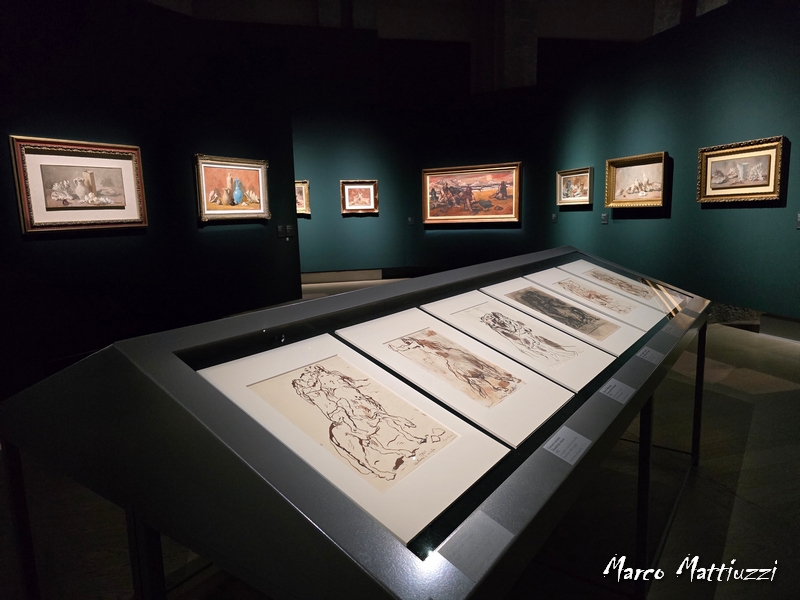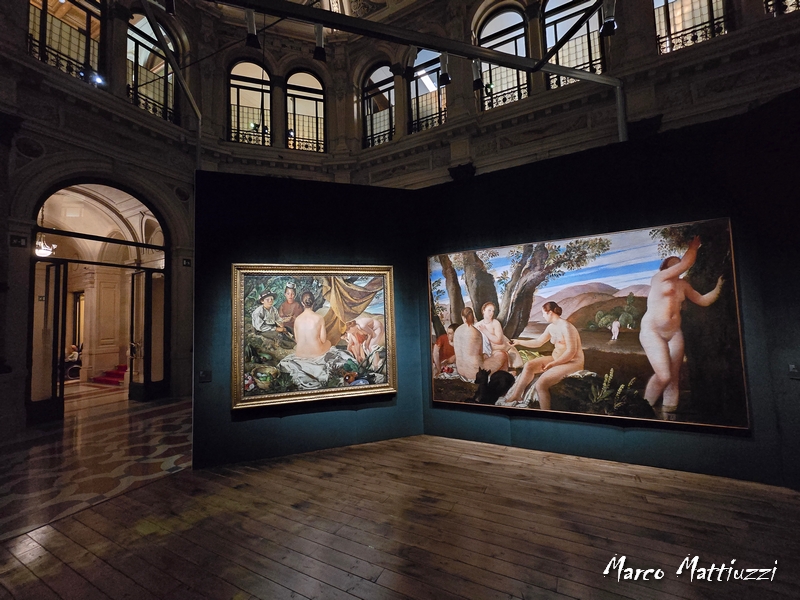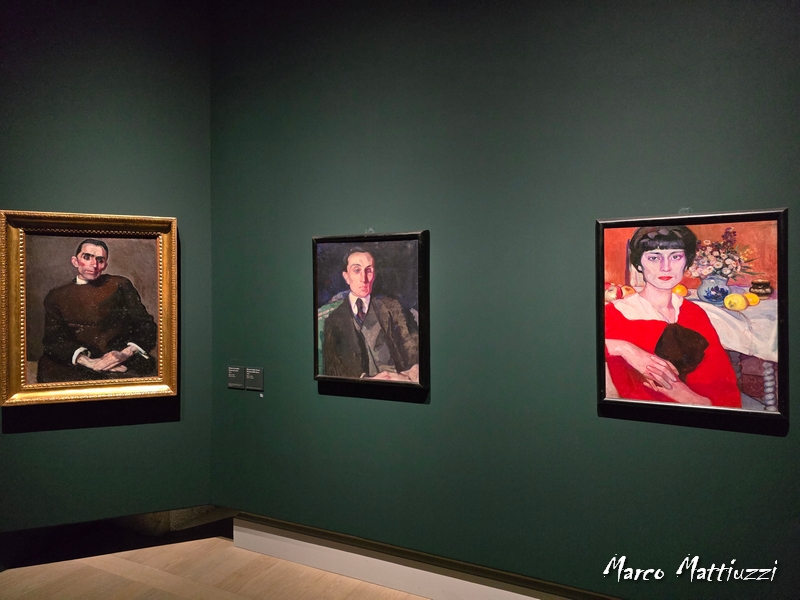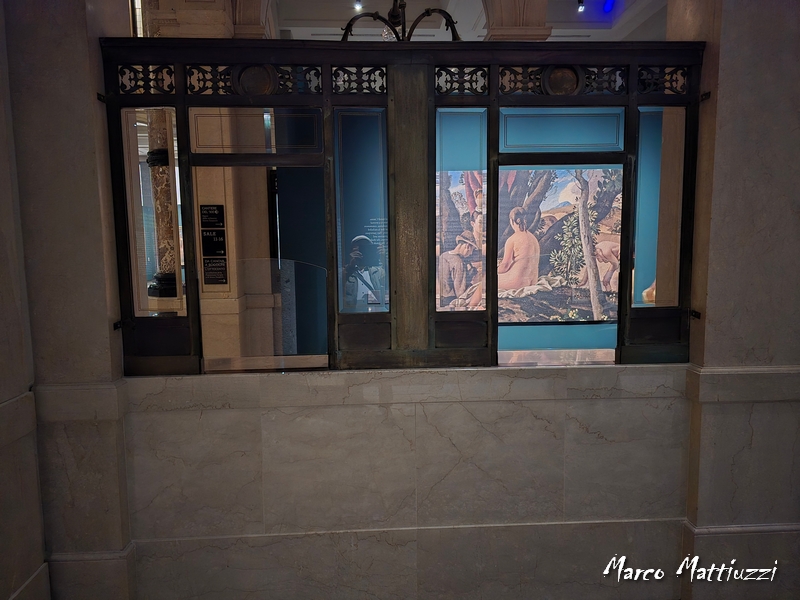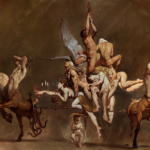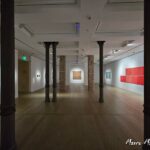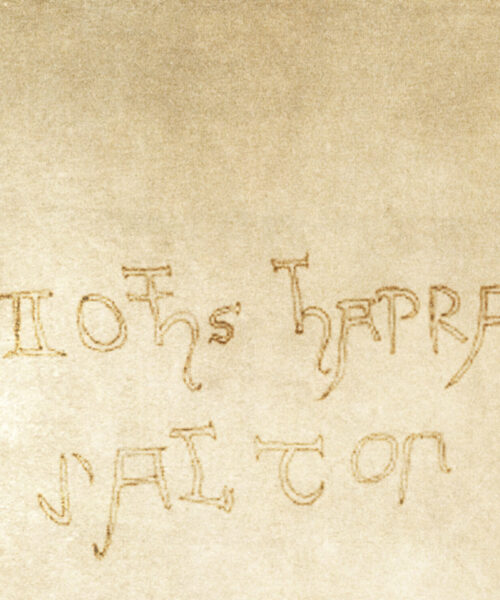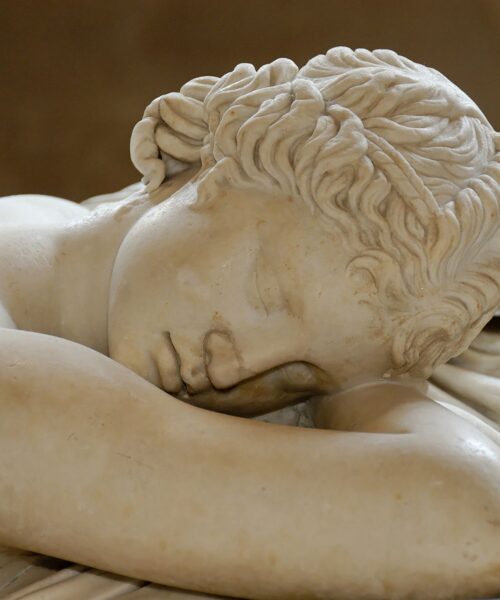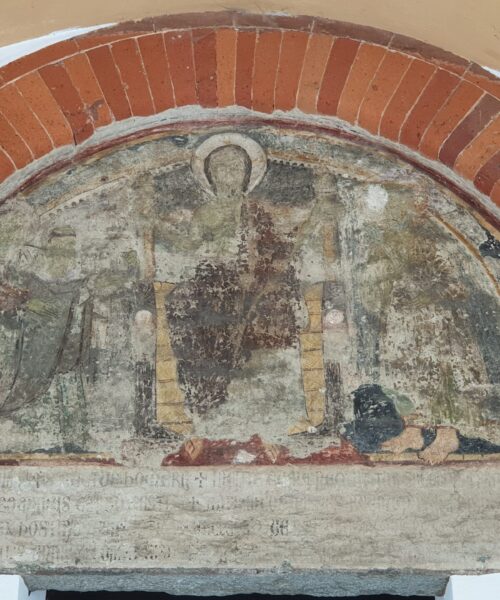Recently, I had the pleasure of immersing myself in the exhibition dedicated to Felice Carena, hosted in the elegant halls of Gallerie d’Italia in Milan, part of the Intesa Sanpaolo group. This exhibition venue is renowned for the impeccable quality of its shows, which combine high artistic and historical interest with meticulous and refined setups.
Felice Carena, born in Turin in 1879, began his artistic training at the Accademia Albertina, where he studied figure drawing with Giacomo Grosso and painting with Lorenzo Delleani. Carena’s early works reflect the influence of Grosso’s realism, with meticulous attention to detail and a vivid representation of reality. However, around 1902, Carena began to explore Pre-Raphaelitism and Symbolism, engaging with great international artists such as James Abbott McNeill Whistler and Giovanni Segantini. A highlight of the exhibition is the section dedicated to the works created during his Turin period, such as “Signorina” (1901) and “Portrait” (1904), where Carena uses symbolic elements to explore profound themes like the brevity of life. The burnt-out candle and the alarm clock in his paintings are metaphors for the fleeting nature of existence, a theme Carena explored with unique sensitivity.
In 1906, Carena moved to Rome after winning the competition for the National Artistic Pension. This move marked the beginning of a new chapter in his career. During his Roman period, Carena continued to develop his art, painting works such as “The Wanderers” (1908-1909) and “Portrait of Baroness Ferrero” (1910). His friendship with Giovanni Cena and the influence of artists like Eugène Carrière enriched his pictorial language, pushing him towards greater emotional and spiritual intensity.
The exhibition culminates in a section dedicated to Carena’s mature works, highlighting his transition from Symbolism to a more realistic and volumetric style. Critical analysis of his works reveals a search for internal light within objects, a light that becomes “form” itself, giving his paintings philosophical depth. As noted in critical texts, Carena manages to transform painting into an autonomous medium, capable of expressing phenomenal reality with almost sculptural intensity.
The exhibition captions describe how war and Carena’s personal experiences heightened his sensitivity, accelerating a process of form dissolution already underway in the late 1930s. During these years, Carena painted directly with color, shaping figures with thick outlines and strong contrasts of light. The expressive pathos of his works oscillates between turmoil and immobile desolation, reflecting a need for authenticity and compassion for the human condition.
Another fascinating theme emerging in the exhibition is Carena’s interest in popular theater. In the paintings that address this theme, there is a reversal between the theatrical scene and the spectators, common folk drawn to a performance excluded from the painting’s frame. Works like the 1933 version involve mimicry and gestures, while the 1954 version lacks animation, reflecting the disaster of war.
In the 1910s, Carena avoided emerging avant-garde currents like Cubism and Futurism, maintaining an expressive line that sought to provide continuity of image to nature. He painted common subjects, such as portraits and still lifes, but managed to transform them into something exceptional through strong chromatic emotion and a quest for plastic light.
The Felice Carena exhibition is an emotional journey through the transformations of an artist who continually reinvented himself, engaging with the artistic currents of his time and leaving an indelible mark on Italian art history. An unmissable experience for those wishing to understand the depth and beauty of Carena’s artistic journey. After bombs destroyed his Florentine home, Carena moved to Venice. In this city, deeply influenced by great masters like Titian and Tiepolo, he formed connections with artists such as Gilberto Evra, Vittorio Cini, Diego Valeri, and Ugo Fasolo. Here, his art further enriched, participating in numerous sacred art commissions and winning prestigious awards, including the Gold Medal for Cultural Merits in 1954. However, health difficulties accompanied him until his death in 1966.
Gallerie d’Italia, managed by the Intesa Sanpaolo group, provides a perfect setting for this retrospective. The spacious and luminous halls allow for admiring Carena’s works in a context that enhances their beauty and complexity. Every detail of the setup is meticulously curated, reflecting Gallerie d’Italia’s tradition of presenting top-level exhibitions capable of offering not only an artistic vision but also a profound historical and cultural experience.

